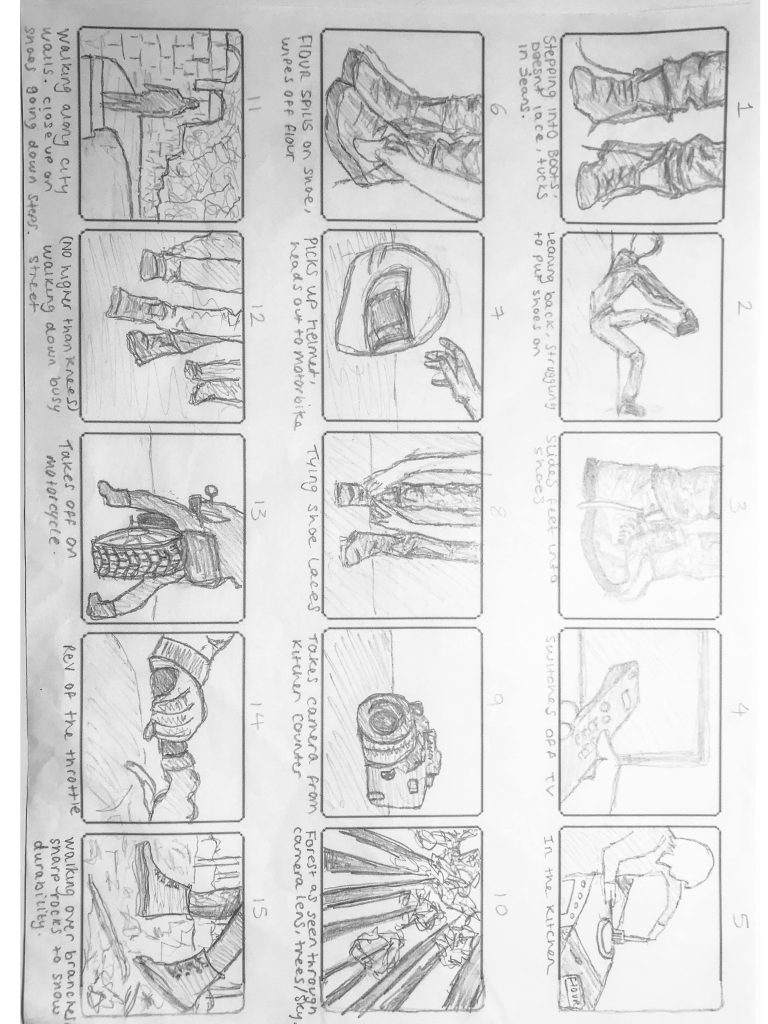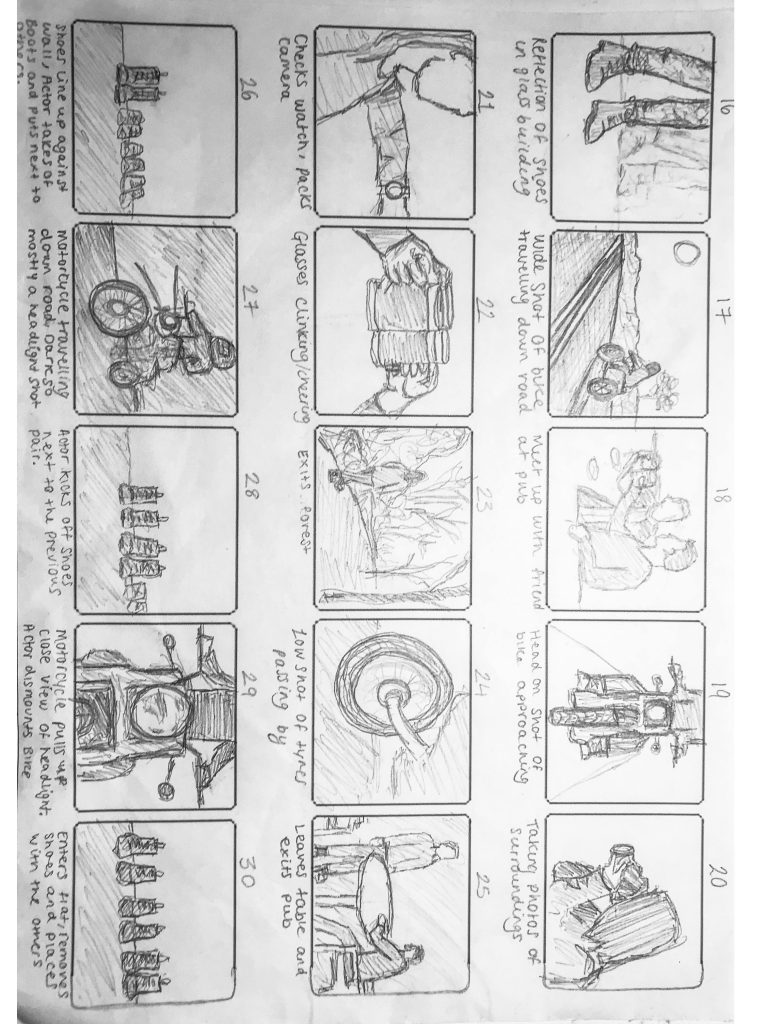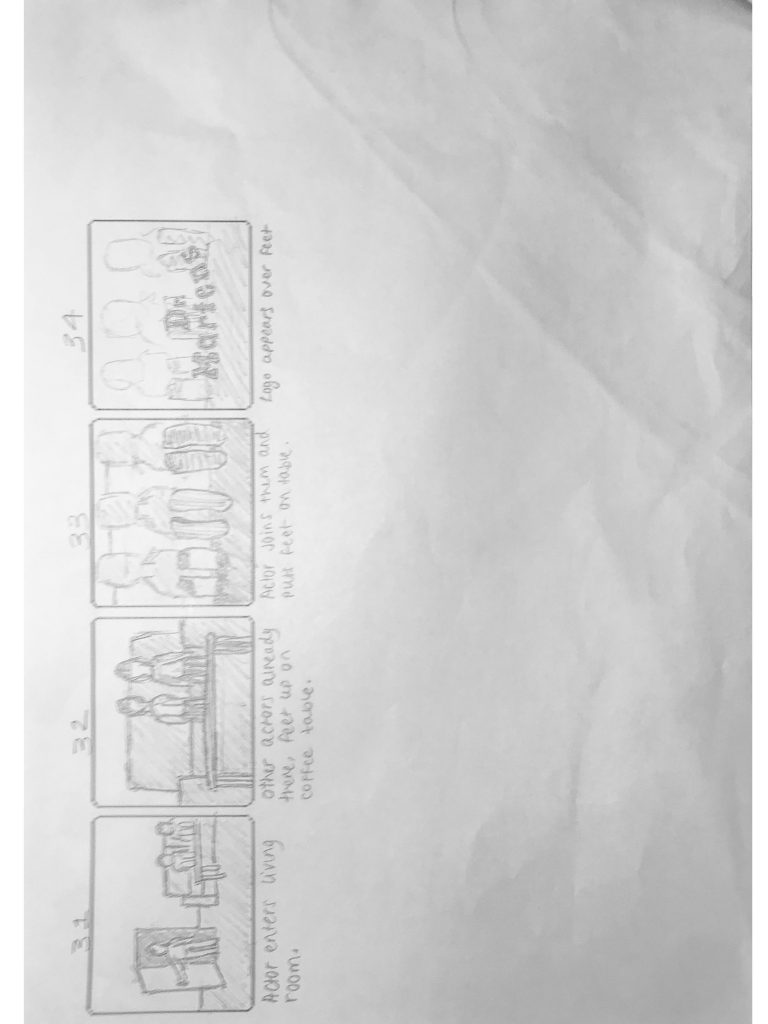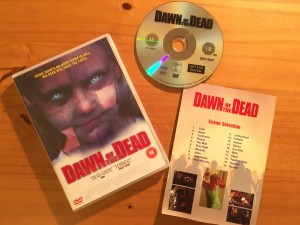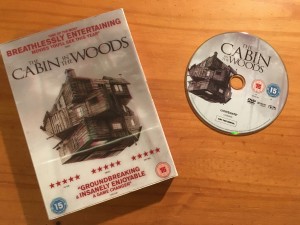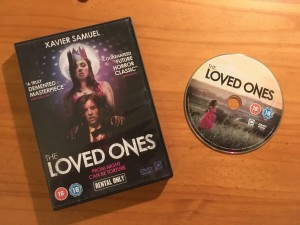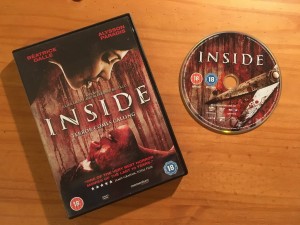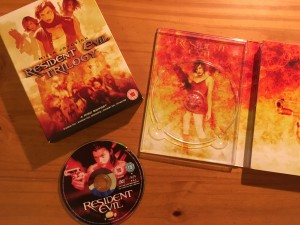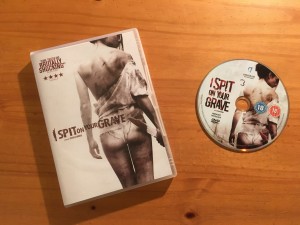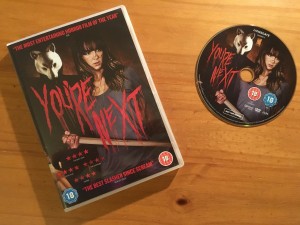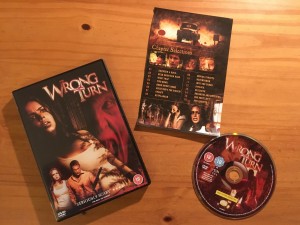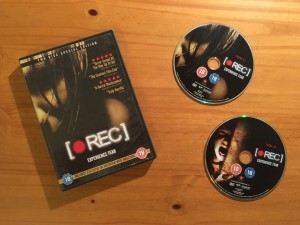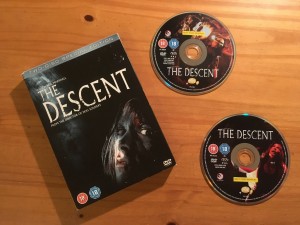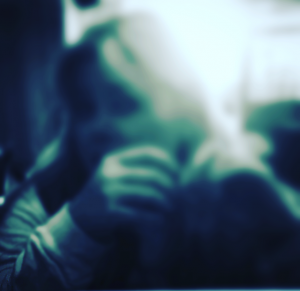Lighting/Interview Task
Contextualising Statement
In this task our brief was to work to a live brief set by a client (the Students Union) in which we would film a candidate from the SU elections. Our client was called Hannah Scott and she was running for the Chair of School of Education. We were given fixed questions set by the client to ask them, as well as one additional question which was based upon our group research into the candidate’s election manifesto. The finished artefact had to be no more than 60 seconds long. We also had to use an intro that was provided by the client as the opening shot. We also had to include a name tag, which would be created on After Effects. The video also had to be subtitled in Premier Pro. The main focus of this task was actually the lighting, we had to make sure that the interviewee was well lit using the lighting equipment provided.
I also had to be aware of health and safety issues I may face, working with lights that get extremely warm, I could burn myself. There were also wires everywhere and I could of tripped so I had to be aware of that also. I got a risk assessment signed off by my tutor to show I was aware of the potential risks and that I knew how to handle and react to them.
Going into this task I felt quite confident, I was first tasked along with a couple other members of my group with meeting and brining the candidate to the interview space, we were to chat and get to know the candidate, whilst the rest of the group set up the interview space. Once we got there, we set up the candidate in the position and started to sort out the lighting, setting them up etc. I found this quite simple to do as I remembered most of it from the tech demo we had. Once they were all set up it was a case of sorting out the shadows on the camera, again I felt confident doing this and sorted it out quick and swiftly so that there were no shadows showing on the camera for the final recording, it was just a clean white background behind the candidate. I had read an article entitled “How to Set Up 3 Popular Interview Lighting Techniques” (Meehan, S. 2017) this helped me with processing the set up and how things should look.
Going into the editing phase, we had to type up everything that the candidate had said into a word document and then put that into Premier. I found sorting the subtitles out to be a little tricky, this was due to my Premier glitching out and not creating them correctly, so this threw me off as I had done them correctly, it was just an error that wasn’t to do with me. I did watch a video titled “CAPTIONS and SUBTITLES tutorial for Premiere Pro” (Orange83, 2017) that helped me to get back on track and discover it was an error with my premier.
Overall, I am very, very happy with the final outcome, I think the video looks very professional, the subtitles are all done correctly, and the lighting looks great. I honestly wouldn’t change a thing about this final outcome.
References
Meehan, S. (2017) How to Set Up 3 Popular Interview Lighting Techniques [Internet] Available from https://www.borrowlenses.com/blog/popular-interview-lighting-techniques/
Orange83. (2017) CAPTIONS and SUBTITLES tutorial for Premiere Pro [Internet Video] Available from https://www.youtube.com/watch?v=ZhHG4f-9MBY
Vox Pop Task
Contextualising Statement
For this task our brief was to create a Vox Pop, which is a form of short, quick and snappy responses on a subject matter. Our task was to create one of these using the H1 Zoom. The finished artefact had to be between one minute and one minute thirty seconds. We had to work in small groups and alternate between the roles of ‘interviewer’ and ‘sound-recordist’. We also had to choose a topic relating to ‘student life’ for which we had to interview a minimum of 8 contributors to gain an insight into life as a student. The final product had to include a minimum of four people out of the eight we interviewed.
I also had to be aware of health and safety issues I may encounter, I was working in a public space and I could of possibly met hostile attitudes, walking around we could of slipped if the weather was bad etc. I got a risk assessment signed off by my tutor to show I was aware of the potential risks and that I knew how to handle and react to them.
I came up with the question of “Are tuition fees fair” I felt like this was a strong question and didn’t follow the typical question of “What’s you favourite food place” “Where’s a good place to drink” etc. At first it was somewhat intimidating to just stop random people, but after the first few I settled into it really well and found myself enjoying the job of interviewing people. We interviewed fourteen different people. Some of which gave great response, others that didn’t. I had looked up about Vox Pops prior to recording mine and I think it helped me a lot, the website was about “How to film a vox pops” (BBC, 2018) It featured the dos and don’ts when filming a vox pop and had lots of useful tad bits of information as well as a video.
I think my earlier preparation of looking up about the H1 Zoom, also really helped with providing me with some confidence going into the task. Knowing how the Zoom worked a bit more and refreshing my mind from the demo. I got that extra info from a site that just had some small bits of information, nothing huge or what I didn’t get from the demo, but enough to help me remember areas of the demo. The page was literally called “How to use a Zoom H1 audio recorder” (UNSW Sydney, 2018)
I think me, and my small team worked very well together, leaning on one another for help if we needed it and always being willing to help any way we could. We did great taking it in turns using the H1 Zoom as well. I also found the people we interviewed to all be very welcoming and eager to give it a shot with whatever we were doing.
Overall, I am very pleased with my final outcome. I think it sounds great, the music chosen works well and is edited in to not overpower the people talking. I really like my final piece and I am happy with what I have accomplished.
References
BBC. (2018) How to film a vox pop [Internet] Available from http://www.bbc.co.uk/academy/production/article/art20141029111247531
UNSW Sydney (2018) How to use a Zoom H1 audio recorder [Internet] Available from https://trc.arts.unsw.edu.au/self-help/how-use-zoom-h1-audio-recorder
Live Studio/Group Task
https://vimeo.com/album/4971277/video/251302275
Contextualising Statement
For this task our brief was to work in a group and create a topical magazine TV show which would last exactly 10 minutes in duration. The show must include 2 studio hosts and at least 1 correspondent. We had to include one live interview in the TV studio, which couldn’t be a member of YSJ staff. We had to include a minimum of two VT’s, one of those VT’s had to include a correspondent interacting with members of the public. The show had to have an opening sequence as well as some end credits. I was in Kev’s group for this task (the best group).
I also had to be aware of health and safety issues I may face, working in a large group where everyone was moving about and operating a variety of equipment I had to be fully clicked on at all times to my surroundings etc. There were also wires in areas and I could of tripped so I had to be aware of that as well as all the people around me who were doing their own taks. I got a risk assessment signed off by my tutor to show I was aware of the potential risks and that I knew how to handle and react to them.
Me and my grouped had quite a few practise sessions before we filmed the actual magazine shoot, we rotated around the different equipment to get familiar with the various aspects of what goes into it a magazine shoot. When it came down to planning out the studio shoot and what was going to go into it I was put into the position of Assistant Director and editing one of the VT’s and creating the end credits for the shoot. I found editing the VT relatively simple despite there being a lack of overall footage and interviews. But this was due to the group that went to film the VT not being able to do their original idea and having to do an entirely new idea on the spot there and then. I also found creating end credits fine as well.
Once we were in the studio doing the live shoot, I felt quite comfortable in my role, I did take over being the lead director at times, which was absolutely fine by me. This was due to the lead director just getting a little flustered here and there and me just getting things back on track and letting people know what they needed to be doing etc. supporting the director when they needed me too. But the lead director still did a really fantastic job.
Before we went into the live studio shoot I did some research into magazine shoots, just to give me a bit of a better view point on how to create one. These were mainly videos showing magazine shows and how they tend to work. “TV Presenters Course – Magazine Shows – London, UK” (Pozitiv, 2001) and “Magazine Show Example” (JustinHoffsPortfolio, 2013)
I feel that the final outcome of the magazine show was really successful, I think everyone really pulled their weight and tried to make the best possible thing that they could. I don’t think anyone really slacked off and caused any problems. I think our final piece of work shows that. At times I think that the magazine show is a little slow. But overall a great piece of work we all did together, that shows our strong teamwork.
References
JustinHoffsPortfolio (2013) Magazine Show Example [Internet Video] Available from https://www.youtube.com/watch?v=zmqkPe-1mHQ [Accessed on 2/1/2018]
Pozitiv (2011) TV Presenters Course – Magazine Shows – London, UK [Internet Video] Available from https://www.youtube.com/watch?v=z4im-muhbG8 [Accessed on 2/1/2018]
Instagram Task
https://www.instagram.com/p/BimNNvbHmPq/
https://www.instagram.com/p/BcauBzwFETm/
https://www.instagram.com/p/BcaumKLFvmT/
https://www.instagram.com/p/BimoMD7nKUX/
https://www.instagram.com/p/BimoWz2nfMF/
Contextualising Statement
This task for this brief was to make a festive video and upload it to Instagram, we were to do this is small groups and help one another in the filming process. We also had to include four photos that showed us doing the task behind the scenes.
I also had to be aware of health and safety issues I may face, I would be helping my team film their projects else where that wasn’t on uni grounds, so we had to be aware of traffic, public spaces and bad weather when using equipment and general manoeuvring around. I got a risk assessment signed off by my tutor to show I was aware of the potential risks and that I knew how to handle and react to them.
The filming process of the task I found quite easy, I was fully prepped, I had been to the shops and purchased all the props I needed. A Santa hay, some tinsel and a yule log. Finding all these things went well and didn’t cost much to buy. Another reason I was confident going in to film was because I knew exactly what I wanted my actor to do and say. They were also very confident in their delivery of the script and didn’t feel like they would have any problems with it. Once we began filming it went very smoothly. Probably the smoothest from the small group I was in. So that part I was very happy with. I even remembered to take my photos from behind the scenes, so everything was perfect on that front.
When I got to the editing phase I found that my audio had some static sound in it, nothing that made it so you couldn’t hear my actor speaking, but enough to be a slight annoyance, I looked at some sites online and watched a video on “Remove static/hiss and grainy audio noises” (ZeroTested, 2012) but sadly nothing worked. You only really hear it when the audio is fully turned up and the background music I have helps to mask it somewhat. Overall editing was a lot of fun, I enjoyed experimenting and trying new things with the footage to raise the elements I had already recorded. Making the footage more engaging by adding funny cuts etc. I also didn’t have any significant issues apart from the audio.
Where I did have big issues was exporting/uploading the footage to Instagram. I don’t know if I missed something or was just blind on moodle, but I couldn’t find where the export settings information was for the Instagram video, so my first attempt was incorrect. Thankfully I found this site that showed me the exact set up I needed “Premier Pro Instagram IOS Settings” (Bro, 2015)
The next issue I faced was getting locked out of my account as I had made the account so long ago I had forgotten my password, I never remembered it and sadly had to make a new account. Uploading the video physically on Instagram was also an issue as again I had no real idea of how to do this, as I couldn’t get the video on my phone to upload and Instagram on the computer doesn’t allow you to upload. But I did find a website that showed me “Chrome’s hidden “mobile mode” (Parsons, J. 2018) that allowed me to upload from my computer.
The overall outcome of the video I am very happy with, I think it looks professional and fits the tasks perfectly. I also had a great overall experience and wouldn’t change a thing about it
References
ZeroTested (2012) Adobe premier pro | Remove static/hiss and grainy audio noises using denoiser – tutorial [Internet Video] Available from https://www.youtube.com/watch?v=LEk5R5BpdwE [Accessed on 4/12/2017]
Bro (2015) Premier Pro Instagram IOS Settings [Internet] Available from https://www.yorksj.ac.uk/media/content-assets/ils/documents/Harvard.pdf [Accessed on 5/5/2018]
Parsons, J. (2018) Chrome’s hidden ‘mobile mode’ lets you post to Instagram directly from your desktop [Internet] Available from https://www.mirror.co.uk/tech/chromes-hidden-mobile-mode-lets-11790871 [Accessed on 5/5/2018]
Video Essay Task
Contextualising Statement
This task was to create a video essay, where we analyse a chosen topic and use clips to convey our message and response to said topic.
I also head to be aware of health and safety issues I may face, but with this project that wasn’t an issue, I wasn’t using any equipment but my computer at my own home. So there was no need for any risk assessments.
When looking at other video essays, I found myself engaging much more with the shorter and snappier ones. Essay’s that dragged on for more than three or four minutes I began to lose interest in and stop paying as much attention. This is due to the feeling of them dragging and not getting to the point of what they were trying to get at. That’s why I wanted to make mine as short as possible while still getting my point across.
I also really engaged with Video essays that didn’t have much commentary, if any at all. Essays that let the clips tell you what their point was. So, I wanted to incorporate that with my video essay. I wanted to keep dialogue to a minimum and let my clips do the talking. I didn’t provide any physical commentary at all and I personally think that works best with video essays and you engage with the subject matter more.
I opened my video essay up with a quote from Peter Hutchings from his book “The Horror Film” which talked about males being the killers and females usually the victims, how the females usually trigger the male killers with their provocativeness. I felt it was a good quote to engage the viewers with and one that set the tone of what the video essay was going to be about. I decided to base my video essay on the fact that women unfortunately tend to be cast as just victims for the male killers and are there to be “pretty”
I then used a clip from Halloween, that showed a woman being murdered and for no real reason, ends up having her breasts exposed. This really sets the tone and connects with the first couple of quotes I have.
I then use quotes from Rupert Ebert that talks about horror films being more “Women in Danger films” and how women are “Displayed as victims” (Ebert, R. 1980) I really felt these quotes hit the nail on the head for my argument and I showcased this with a bunch of clips of women falling victim to killers who were usually male. Which then went full circle and connected with the first quote used at the start of the video essay. I feel like the elements blended in well and I accomplished what I set out to do. Which was produce a short and concise vide essay, that didn’t rely on voice over and that didn’t have to much text. One that used the clips to show my argument.
References used in the video
Hutchings, P. (2004). The Horror Film. New York: PearsonLongman
Brewer, C. (2009) The stereotypic portrayal of women in slasher films: then versus now [Internet] Available from https://digitalcommons.lsu.edu/cgi/viewcontent.cgi?article=1055&context=gradschool_theses
Mr Smith. (2009) The Male Gaze Laura Mulvey [Internet] Available from https://www.slideshare.net/fleckneymike/the-male-gaze-laura-mulvey
Ladydny1 (2011) Siskel & Ebert 1980 Women In Danger Part 1 [Internet Video] Available from https://www.youtube.com/watch?v=Iz2N6BMOsyQ

